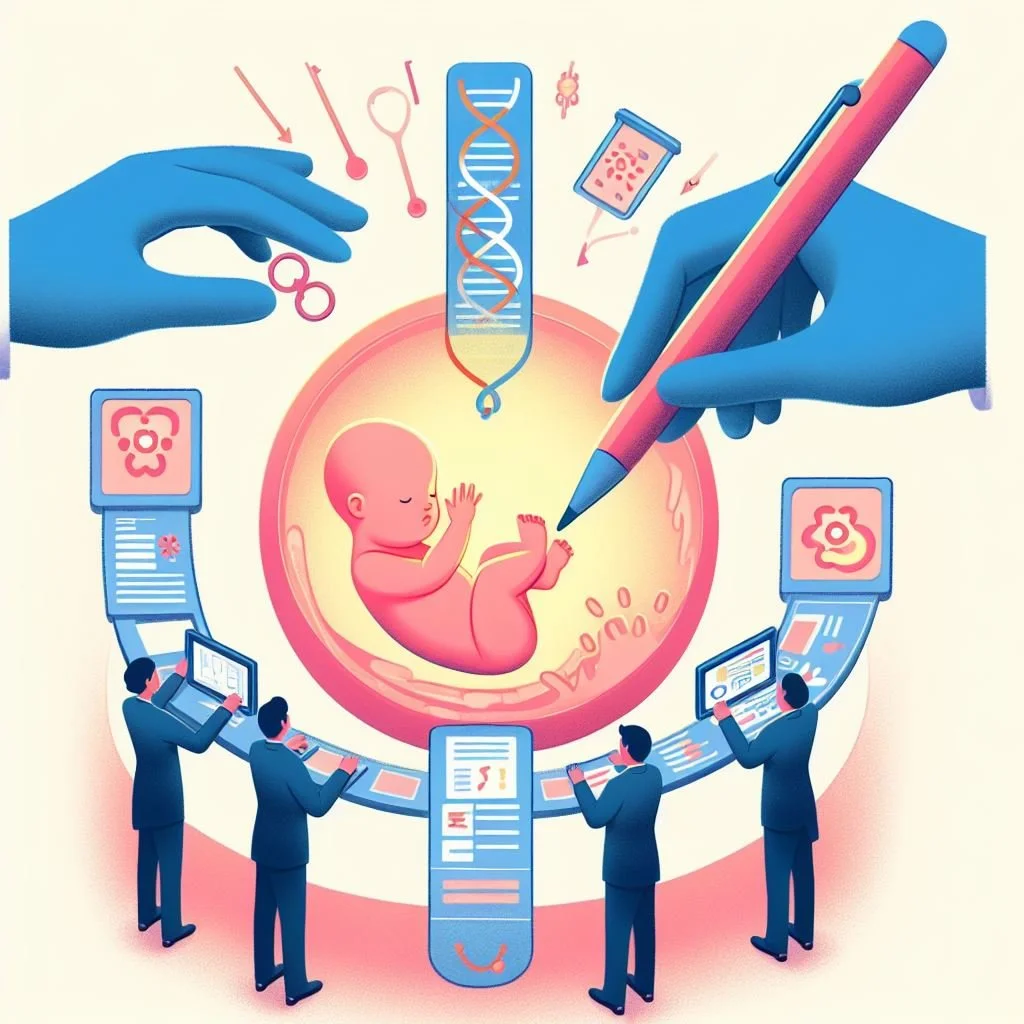Findability: NIH Wants Your Thoughts on "Enhanced Public Access to NIH-Supported Research"
The US Government’s National Institutes of Health (NIH) has formally announced its Request for Information on the NIH Plan to Enhance Public Access to the Results of NIH-Supported Research. From the introduction:
NIH seeks public input on the “NIH Plan to Enhance Public Access to the Results of NIH-Supported Research” (NIH Public Access Plan). NIH has a decades-long history of providing public access to scholarly publications and data resulting from the research it supports, including through the 2008 NIH Public Access Policy and the 2023 Data Management and Sharing Policy. In 2022, the White House Office of Science and Technology Policy (OSTP) released a memorandum on “Ensuring Free, Immediate, and Equitable Access to Federally Funded Research” that establishes new guidance for improving public access to scholarly publications and data resulting from Federally supported research. The NIH Public Access Plan outlines the proposed approach NIH will take to implement the new guidance, consistent with its longstanding commitment to public access.
Comments must be submitted by April 24, 2023. Responses in four categories are requested:
How to best ensure equity in publication opportunities for NIH-supported investigators.
Steps for improving equity in access and accessibility of publications.
Methods for monitoring evolving costs and impacts on affected communities.
Early input on considerations to increase findability and transparency of research.
The form for gathering responses to these questions is brief but the questions do require consideration of a wide range of access issues. Not the least of these is that scholarly journals and the data underlying the research they report must be viewed as interrelated and thus justifying coordinated management.
For anyone seriously interested in the topic I recommend reading this publication and its numerous referenced policies and publications:
Some things I noted as significant as I worked my way through the various documents:
NIH is responding to OSTP requirements for public access. (NIH is not the only research funder required to make research more findable and accessible).
A primary focus is on making “taxpayer funded research” accessible to the public. (If I had one critism of the documents I reviewed it is that “public” is not really defined. There is consideration that different instititutions may have varying resources available for managing and accessing research data. The reality is that the main focus of these “findability and accessibility” policies are qualified researchers, not necessarily members of what we sometimes call the “general public.” That seems obvious on its face but using the word “public” too broadly can mask the varying capabilities different groups have for understanding and making use of research data.)
The emphasis on “findability” of research is key and has significant ramifications for data governance and data stewardship—and the resulting resource requirements. (As someone who has a strong affinity for professional librarianship, I’m pleased that the NIH’s National Library of Medicine is involved in these efforts.)
The importance of “archiving” and “digital archiving” is emphasized throughout the policy documents, with some attention being given to how archives are established, managed, and supported. (Again, the emphasis is on managing the data, not just on creating and analyzing it.)
An underlying idea is that increasing research access and transparency actually advances American scientific leadership. (While this may have been true in the past will it always be true? See With the USA Losing Research Leadership, What Languages Should Your Kids Be Learning?)
Proposals for NIH funded research must now include plans for how research data will be shared, regardless of whether or not research is to be shared via scholarly peer reviewed publications. Such sharing must still take into account confidentiality and privacy requirements.
Proposed policies and practices governing research access must take into account necessary and justifiable restrictions on making data accessible to the public via justifiable “controlled access.”
NIH will continue to promote approaches for “maximizing access while mitigating risks associated with sharing of specific classes of data.” (My initial reaction to reading that was “Good luck with that!” See Implications of Research Data "Informed Re-Consent" Requirements for what can happen down the road when data access rules change or de-identifcation procedures are found to be ineffective.)
NIH will promote use of “multiple data repositories” as opposed to a single depository. This necessarily distributed and federated approach has interesting—and challenging—implications for oversight, funding, and consistency.
The issue of “cost” is acknowledged by the NIH given that making data accessible does require funding, starting with the inclusion of cost related components in research funding proposals. It will be necessary to monitor these costs over time, a process that itself will require resources.
Costs and processing time requirements will need to be taken into account whether research articles are submitted directly by the researcher to an official government repository for public access or by participating journals that then perform article submission to an official repository.
Rules are established for what the NIH considers as “allowable” costs for distribution, promotion, and general handling.
In a nod to manuscript authorship rights, NIH “…reinforces that NIH-supported authors should retain rights to the final peer reviewed manuscript, regardless of the pathway to publication.”
The emphasis on metadata in general and the development and use of Persistent Unique Identifiers (PIDs) that are useful across the scientific enterprise is outlined. Aligning and intregrating the naming and numbering of entities in the scientific enterprise (people, institutions, research projects, publications, data files, clinical trials, genetic sequences, date elements, etc.) is a vast and complex undertaking but obviously one where the source of funding has influence of over both development and implementation.
“NIH will update the NIH Public Access Plan regarding PIDs and metadata and submit it to OSTP by December 31, 2024.”
It is daunting to read through this related documentation in order to generate informed input to the questions posed by NIH. Given my own interest in project management and data governance, I do believe that managing metadata development and its effective implementation and use will ultimately be the key to successful “findability.” That metadata is a central focus of these NIH efforts is encouraging.
Copyright (c) 2023 by Dennis D. McDonald
































